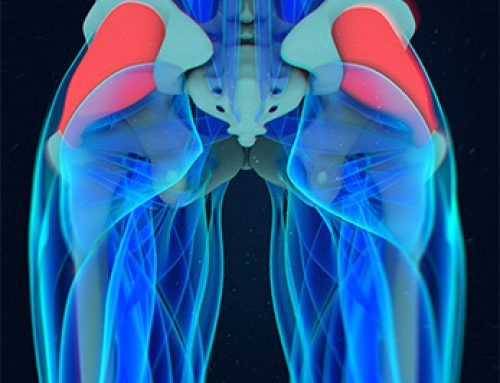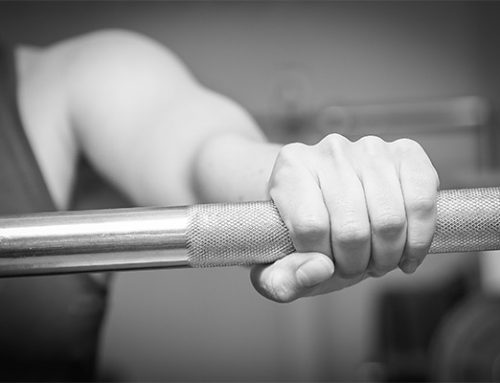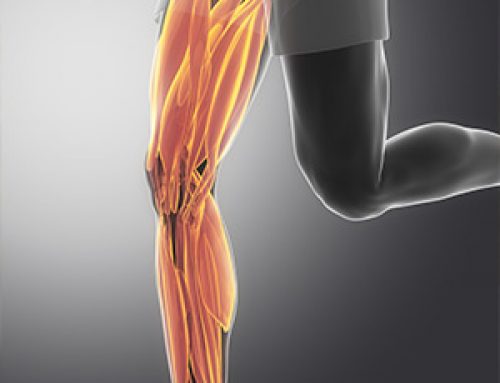 In Part 1 of this series, I talked about the disability threshold and the consequences when this is crossed for older people who want to remain living independently. I also discussed how the disability threshold is not rigid, and can be manipulated, moved and even reversed with a variety of interventions. In Part 2 I will delve further into one of these particular interventions: exercise and physical activity for muscular strength.
In Part 1 of this series, I talked about the disability threshold and the consequences when this is crossed for older people who want to remain living independently. I also discussed how the disability threshold is not rigid, and can be manipulated, moved and even reversed with a variety of interventions. In Part 2 I will delve further into one of these particular interventions: exercise and physical activity for muscular strength.
Why is muscle strength important?
Muscular weakness has a high association with decreased mobility and falls risk. In fact , it is the largest intrinsic falls risk factor, as opposed to extrinsic factors including the environment, obstacles and external forces etc.
Strength also allows us to do basic day-to-day tasks such as brushing your hair, opening a jar lid, getting out of a chair, walking, going up stairs, getting dressed and driving, just to name a few. If you are finding any of these activities harder than they used to be, it could be due to a decrease in your muscular strength.
Muscles aren’t just helpful for activity and mobility. Muscles play a vital role in the functioning of many internal systems. They help to keep your bones healthy, act as a storage unit for your body’s fuel, help to regulate blood sugar levels, maintain blood flow in the body and increase your energy levels.
Can you be too old to build muscle strength?
Absolutely not! Although getting older is associated with a general decline in muscle mass and strength, it is never too late to slow, stop and possibly even reverse these changes.
How do I increase my muscle strength?
When you think of strength (or resistance) training, you might automatically think of a gym environment, with heavy dumbbells, push-ups and bulging biceps reflecting in the floor to ceiling gym mirrors. You’re not entirely wrong, this is certainly a type of resistance training but only one of the hundreds of ways that you can improve your muscular strength.
Strength training, just like every kind of exercise, doesn’t have a “one size fits all” answer. One of my favourite quotes is that “the best exercise you can do, is the exercise that gets done!”. Therefore as an Exercise Physiologist, I can’t prescribe someone an exercise that they despise doing, and expect it to be done on a regular basis, or at all.
Something that makes the individualised approach to strength training so much easier is that there is no shortage to the types of exercise available. Resistance training is quite self-explanatory, you use a type of resistance to force your muscles to work. This resistance could be in the form of:
- a loose weight such as a dumbbell, barbell, medicine ball, kettlebell or more unorthodox approaches such as a bag of rice, can of baked beans or a shopping bag of groceries!
- a band, tube or pulley which can be anchored to a certain point
- or your own bodyweight, which can be used to perform exercises such as a push up, sit-to-stand, squat or mat-based Pilates exercise.
The best way to begin strength training is to see an Accredited Exercise Physiologist, they will assess your current level of strength, determine any imbalances , prescribe an appropriate workload and help you to find the type of training which will suit you the best.
Written by:
Tim Manning
Accredited Exercise Physiologist
Reference:
Borde, Hortobagyi & Granacher 2015, ‘Dose Response Relationships of Resistance Training in Healthy Older Adults: A Meta Analysis and Systematic Review’, Sports Med, vol. 45, pp. 1693-1720.



